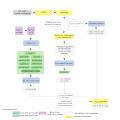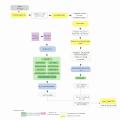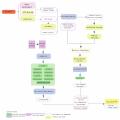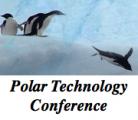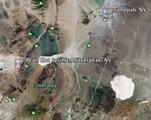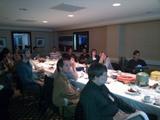Main Documentation for PASSIVE Source Data Processing (SEED)
The documentation below offers instructions for archiving data from PASSCAL instrumentation in miniSEED format with metadata to be submitted as stationXML. To archive data from a PASSCAL experiment, select the appropriate documentation for your instrument for instructions for preparing the data before transferring it to PASSCAL. For the metadata, PASSCAL offers software for generating stationXML for your experiment. Please see the documentation for metadata generation using Nexus.
For PASSCAL PIs who previously archived data using Antelope, our documentation has been reworked to generate metadata in stationXML format via the PASSCAL program Nexus rather than using an Antelope database to create a dataless SEED. The documentation for archiving data with Antelope is still available on this page.

